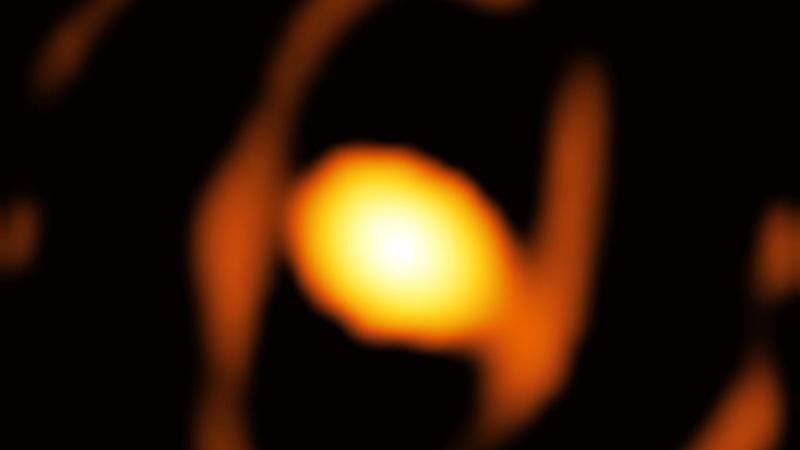
Main Sequence
In space and astronautical engineering, the Main Sequence is a continuous and distinctive band of stars that appears on plots of stellar color versus brightness. It represents a stage in the evolution of a star, during which it fuses hydrogen atoms into helium in its core. The Main Sequence includes stars of different masses, from small red dwarfs to massive blue giants, and it is the longest stage in the life cycle of a star, lasting for billions of years. The position of a star on the Main Sequence is determined by its mass, with more massive stars being brighter and hotter than less massive ones. The study of the Main Sequence is important for understanding the formation and evolution of stars, as well as for determining their age and distance from Earth.
Your Previous Searches
Random Picks
- Instrument Landing Systems: Instrument Landing Systems (ILS) are a ground-based instrument approach system that provides precision guidance to an aircraft approaching and landing on a runway, using a combination of radio signals and, in many cases, high-intensity ligh ... Read More >>
- GRACE: GRACE (Gravity Recovery and Climate Experiment) is a joint mission of NASA and the German Aerospace Center (DLR) that consists of two identical spacecrafts orbiting the Earth in tandem formation. The mission's primary goal is to accurately ... Read More >>
- Trajectory Correction Maneuvers: Trajectory Correction Maneuvers (TCMs) are small propulsive maneuvers performed by spacecraft to correct their trajectory during interplanetary missions. These maneuvers are necessary due to the complex gravitational fields of celestial bod ... Read More >>
Top News

First close-up image of a star beyond our galaxy may reveal impending supernova...
Astronomers have taken the first close-up image of a star beyond our galaxy, and it’s a “monster star” surrounded by a cocoon as it slowly dies....
News Source: CNN on 2024-11-21

Bestselling author explains the science of happiness: "You can do the work"...
Bestselling author and Harvard professor Arthur Brooks opens up about how enjoyment, satisfaction and meaning in life can increase a person's wellbeing....
News Source: CBS News on 2024-11-18

November's full moon, known as the Beaver Moon, is the last supermoon of 2024. H...
November's full moon, known as the Beaver Moon, is the last supermoon of 2024. Here's when it peaks and why it's called the Beaver Moon....
News Source: CBS News on 2024-11-15

You can't put a price on the sense of awe particle physics inspires...
Astronomy and particle physics are no longer seen as vital by the US establishment, so funding has fallen. But our work creates a sense of wonder, and wonder matters, says Chanda Prescod-Weinstein...
News Source: New Scientist on 2024-11-13

If you want to stretch your gift game into days this holiday, check out these ad...
The advent calendar phenomenon is growing every year, with so many exciting, fun, beautiful, and delicious options available...
News Source: ABC News on 2024-11-04